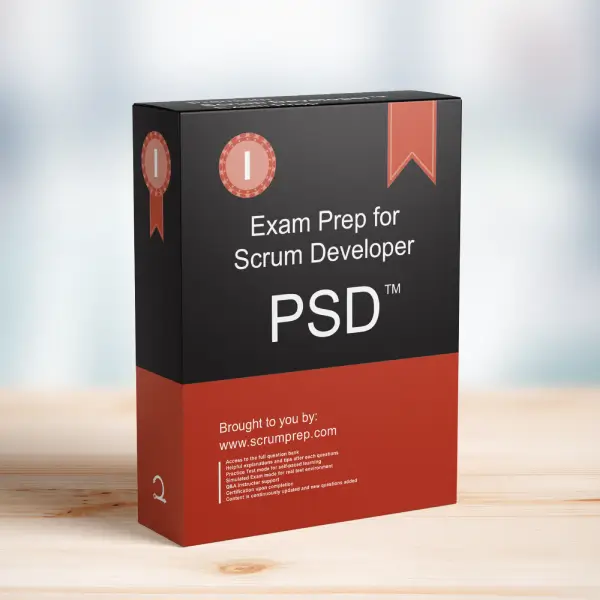Handling Impediments to Completing the Definition of Done
The Definition of Done ensures that every Product Backlog item meets a set standard before it can be deemed releasable. However, sometimes external issues can block the Developers from completing all the necessary work during a Sprint. Understanding how to handle such impediments is crucial for maintaining the integrity of the Scrum process.
Exam Question
The Definition of Done describes the work that must be completed for every Product Backlog item before it can be deemed releasable. What should the Developers do when, during the Sprint, they find out that a problem outside of their control blocks them from doing all this work?
(choose the best answer)
A. Complete the work that can be done on as much scope as possible and complete the rest during the “hardening” sprints at the end of the release.
B. Cancel the Sprint.
C. Immediately raise the issue to the Scrum Master as an impediment.
D. Complete the work that can be done on as much scope as possible and use the Sprint Review to plan the rest with the stakeholders.
E. Stop using Scrum.
Correct Answer
C. Immediately raise the issue to the Scrum Master as an impediment.
Explanation
Correct Answer
C. Immediately raise the issue to the Scrum Master as an impediment:
The Scrum Master is responsible for removing impediments that block the Scrum Team’s progress. When Developers encounter an issue that prevents them from completing all the work required by the Definition of Done, they should promptly escalate the problem to the Scrum Master. This allows the team to address the issue as quickly as possible, minimizing the impact on the Sprint.
Why the Other Options Are Incorrect
A. Complete the work that can be done on as much scope as possible and complete the rest during the “hardening” sprints at the end of the release:
Scrum does not support the concept of “hardening” sprints. The goal is to create a potentially releasable Increment at the end of each Sprint, without relying on additional sprints to fix incomplete work.
B. Cancel the Sprint:
Cancelling a Sprint is an extreme measure and should only be considered if the Sprint Goal becomes obsolete. In most cases, the team should work to resolve impediments rather than cancel the Sprint.
D. Complete the work that can be done on as much scope as possible and use the Sprint Review to plan the rest with the stakeholders:
While it’s important to discuss incomplete work during the Sprint Review, this option does not address the immediate need to resolve the impediment. Raising the issue to the Scrum Master should be the first step.
E. Stop using Scrum:
This option is not appropriate. Scrum is a framework designed to handle uncertainties and challenges. Instead of abandoning the framework, the team should leverage Scrum’s mechanisms to address the issue.
Relevance to the PSD Exam
Understanding how to handle impediments is essential for the PSD exam. It reinforces the role of the Scrum Master and the importance of addressing issues promptly to maintain the flow of work and ensure that the Definition of Done is consistently met.
Key Takeaways
- Role of the Scrum Master: The Scrum Master is responsible for removing impediments that hinder the team’s progress.
- Immediate Action: Developers should raise issues as soon as they encounter them to minimize disruption to the Sprint.
Conclusion
When Developers are blocked from completing the work required by the Definition of Done, the correct course of action is to immediately raise the issue to the Scrum Master. This ensures that the impediment is addressed promptly, allowing the team to continue working towards delivering a potentially releasable Increment. For more information on preparing for the PSD exam, visit our Professional Scrum Developer PSD™ Exam Prep.



